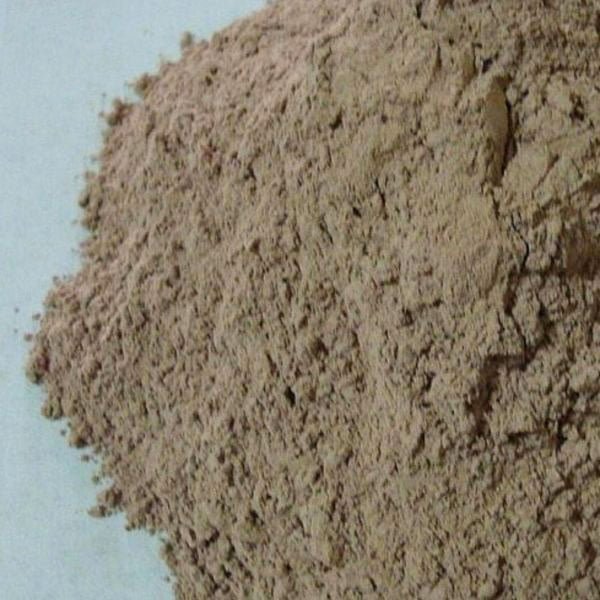The main raw material of cement is calcium carbonate and silica, and calcium silicate is formed after calcining.
The main mineral composition of Portland cement is: tricalcium silicate, dicalcium silicate, tricalcium aluminate and tetracalcium aluminoferrite.
Silica (Si02) imparts strength to the cement due to the formation of dicalcium and tricalcium silicates. If silica is present in excess quantity, the strength of cement increases but at the same time, its setting time is prolonged.
Properties of cement compounds
The compounds contribute to the properties of cement in different ways :
Tricalcium aluminate, C3A:
It liberates a lot of heat during the early stages of hydration, but has little strength contribution. Gypsum slows down the hydration rate of C3A. Cement low in C3A is sulphate resistant.
Tricalcium aluminate is associated with three important effects that can reduce the durability of concrete:
Heat release, which can cause spontaneous overheating in large masses of concrete. Where necessary, tricalcium aluminate levels are reduced to control this effect.
Sulphate attack, in which sulphate solutions to which the concrete is exposed react with the AFm phase to form ettringite. This reaction is expansive, and can disrupt mature concrete. Where concrete is to be placed in contact with, for example, sulfate-laden ground waters, either a “sulfate-resisting” cement (with low levels of tricalcium aluminate) is used, or slag is added to the cement or to the concrete mix. The slag contributes sufficient aluminium to suppress formation of ettringite.
Delayed ettringite formation, where concrete is cured at temperatures above the decomposition temperature of ettringite (about 65 °C). On cooling, expansive ettringite formation takes place.
Because they are even more basic, the alkali-loaded polymorphs are correspondingly more reactive. Appreciable amounts (>1%) in cement make set control difficult, and the cement becomes excessively hygroscopic. The cement powder flow-ability is reduced, and air-set lumps tend to form. They withdraw water from gypsum on storage of the cement, leading to false set. For this reason, their formation is avoided wherever possible. It is more energetically favourable for sodium and potassium to form sulphates and chlorides in the kiln, but if insufficient sulfate ion is present, any surplus alkalis congregate in the aluminate phase. The feed and fuel in the kiln system are preferably controlled chemically to keep the sulphate and alkalis in balance. However, this stoichiometry is only maintained if there is substantial surplus oxygen in the kiln atmosphere: if “reducing conditions” set in, then sulphur is lost as SO2, and reactive aluminates start to form. This is readily monitored by tracking the clinker sulphate level on an hour-to-hour basis.
Tricalcium silicate, C3S:
This compound hydrates and hardens rapidly. It is largely responsible for Portland cement’s initial set and early strength gain.
Dicalcium silicate, C2S:
C2S hydrates and hardens slowly. It is largely responsible for strength gain after one week.
Ferrite, C4AF:
This is a fluxing agent which reduces the melting temperature of the raw materials in the kiln (from 3,000 oF to 2,600 oF). It hydrates rapidly, but does not contribute much to strength of the cement paste.



